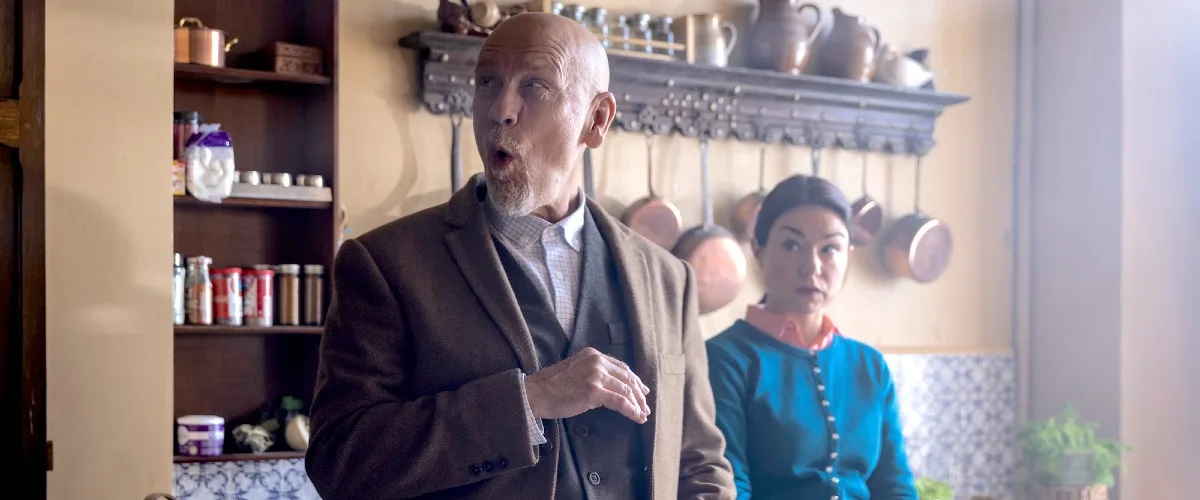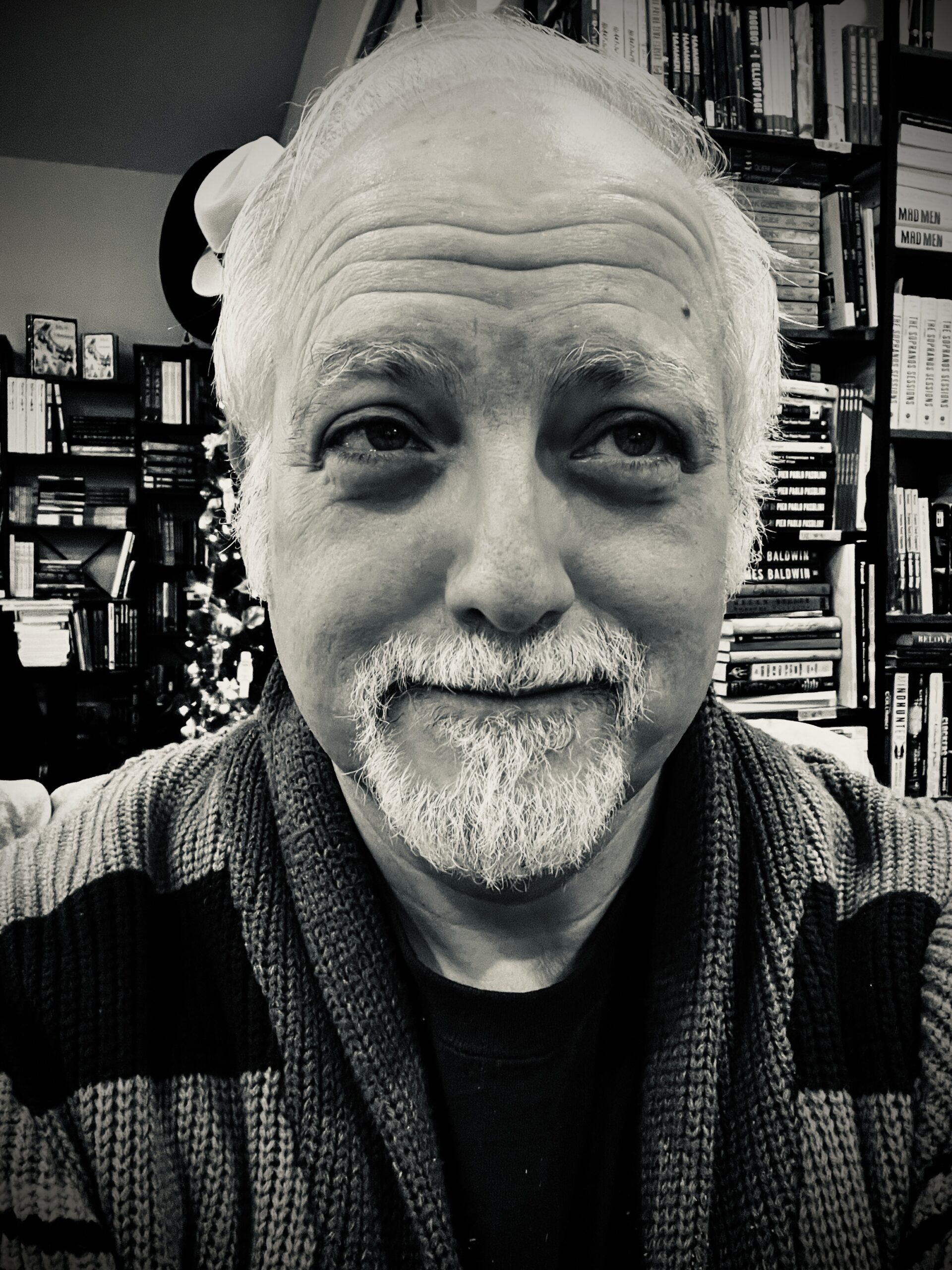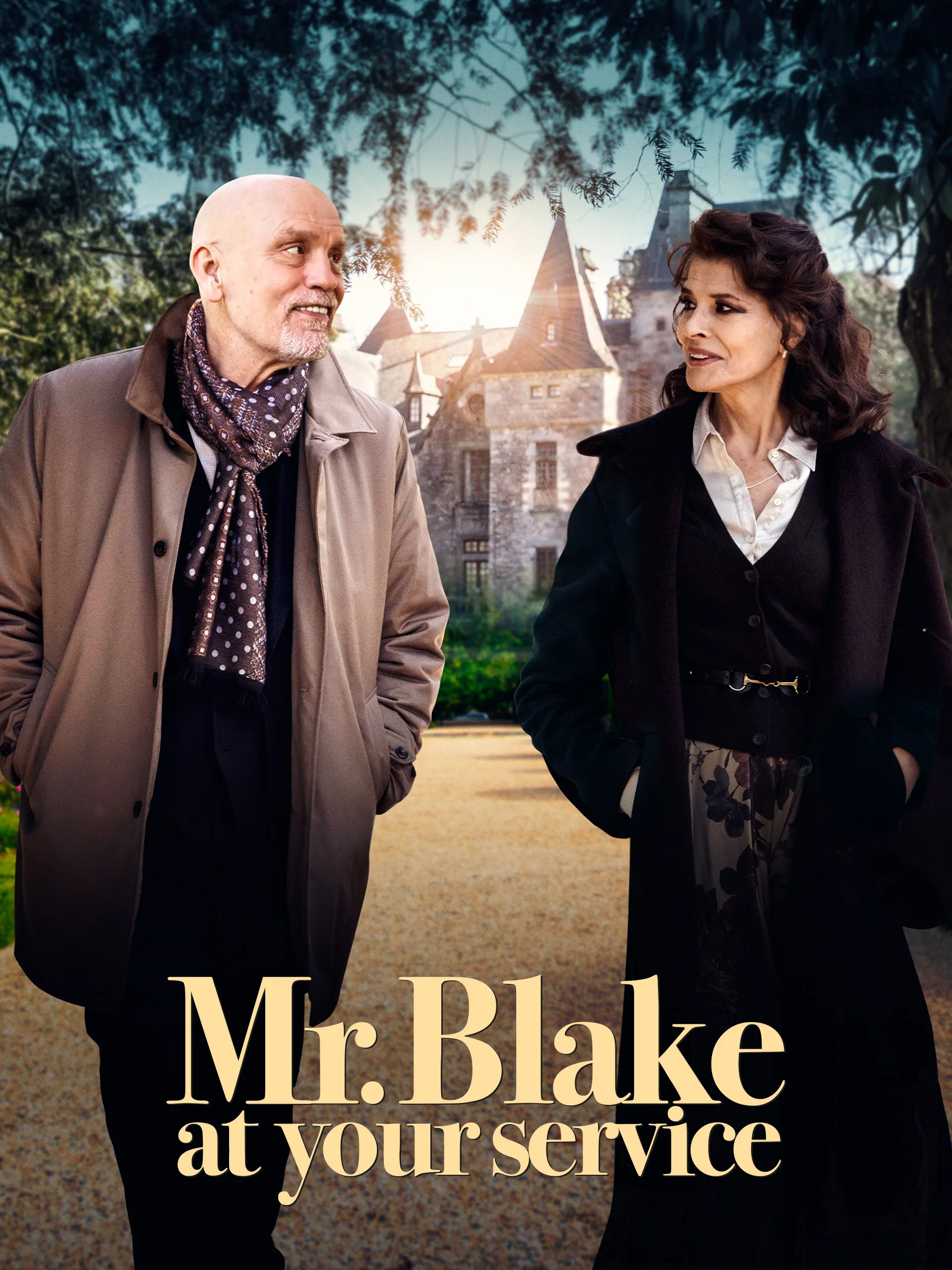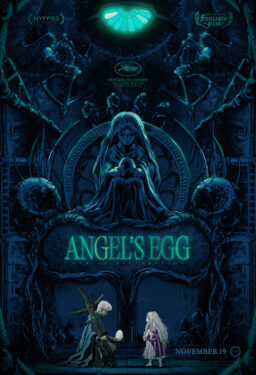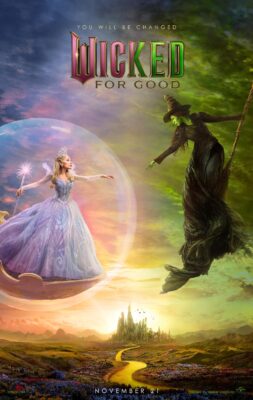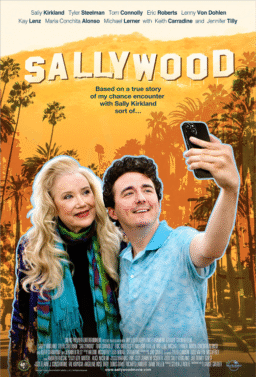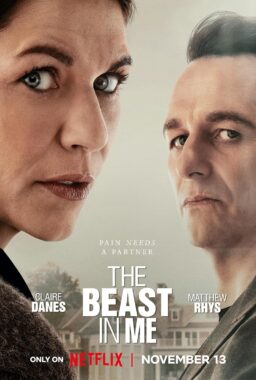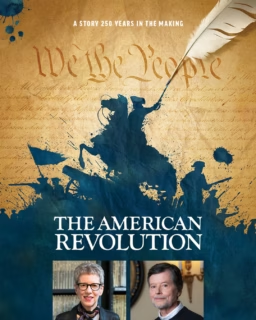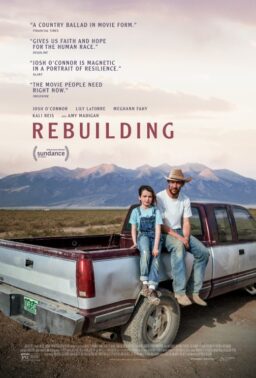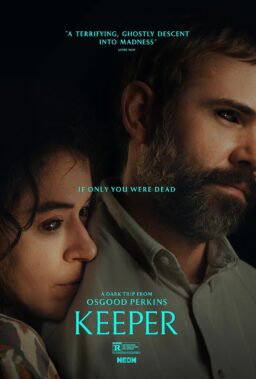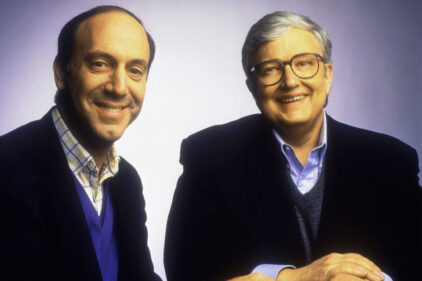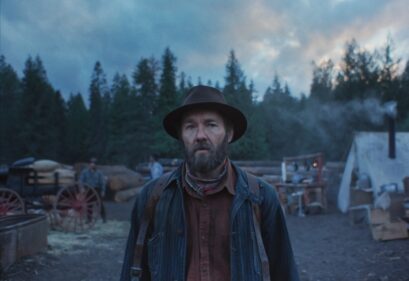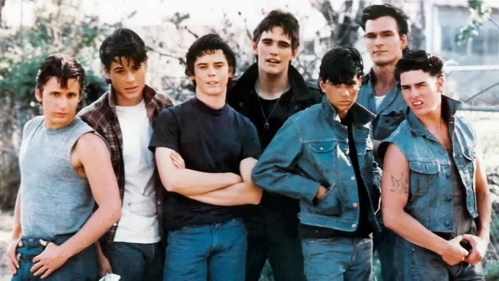There’s a certain kind of art house film that makes a pleasant outing for seniors and their now-grown children. It features a cast of strong actors playing odd yet essentially likable characters, and the tone is relaxed; nothing too upsetting happens, and everything turns out fine in the end. Most importantly, perhaps, the movie’s got beautiful old architecture and lush scenery, and lingers over details. That means even if you’re not into the story, you can daydream about the location.
That’s “Mr. Blake At Your Service!”, about a cranky English widower named Andrew Blake (John Malkovich) who takes a nostalgic trip to an ancient estate in Brittany where he and his wife, a Frenchwoman, stayed as university students, and ends up working there as a butler. The estate is owned by a widow, Nathalie (the great Fanny Ardant). Nathalie is worried about running out of money and is considering turning the place into a bed and breakfast. She employs a thirty-something cook named Odile (Émilie Dequenne), who’s super-competent and a bit of a steamroller. When Blake arrives, mistakenly thinking the place already is a bed-and-breakfast, Odile assumes he’s come to apply for the butler job. She’s confused when he says he expects to stay overnight, and takes him to the smallest room in the house, which, of course, Blake interprets as a sign that the place is an awful bed and breakfast. That’s the kind of movie this is. You have to roll with it.
Blake speaks fluent and (it appears, from the reactions of other characters) comprehensible French throughout the film, save for a few English words scattered here and there. So I’m not sure why neither of them figured out the nature of the misunderstanding, other than that the movie needs it to happen so we can see Malkovich in a butler uniform, a sight worth sitting through a contrivance to see. The rest of the movie revolves around Blake leaning into this misunderstanding, largely because he has little else to do with his life, having recently lost his spouse, retired from his longtime job, and left London with no firm plans.
The pace is slack, for the most part, and the dramatic revelations that are supposed to deepen the supporting characters don’t quite land, no matter how thoughtfully they’re played. A lot of the laughs stem from Blake being specifically instructed by other characters to do or not do certain things, then doing them anyway, typically with positive results, though sometimes it takes others a while to admit that everything worked out fine and they have nothing to be mad about.
Blake finds himself dealing with his grief in a roundabout and not-too-predictable way. Nine of ten movies that took a crack at this story would have taken the easy route, healing the hearts of Blake and Nathalie realize they’re soulmates. The course that the film chooses instead is more fascinating because it positions the characters as older people sharing hard-earned knowledge and coming to terms with the fact that life is rough and they don’t have much time left.
I’ve a sneaking suspicion that the film would have been more enjoyable with an actual Englishman playing Blake. (Hugh Grant, who speaks the language well enough to go on French TV without a translator, would have eaten it up.) But this is admittedly a thought rooted in decades of seeing Malkovich, one of the most original, bold, strange actors who ever lived, hone a screen persona that’s like an intellectual, short-tempered, self-torturing riff on The American Everyman. Malkovich is, as always, superb, especially when Blake is testing boundaries, getting snarled up in his ego, and being ambushed by unexpected feelings. Ardant, a legend, is regal here, but also human, vulnerable, and emotionally transparent. It’s fun to watch these two seasoned actors have fun doing old-fashioned scene work. They bat their lines around like shuttlecocks.
The rest of the cast is sharp. The standout is Philippe Bas as Nathalie’s next door neighborhood and occasional handyman Philippe Magnier, who initially seems like a threatening figure (he points a shotgun at Blake when he finds him on his property one night) but reveals himself as a sweet-souled goofball who’s madly in love with Odile. Blake and Phillippe’s growing friendship, which of course segues into matchmaking comedy, is the core of the film, and the only deep love story in it.
I used to take my mom to see movies like this back in the day. Honestly, nearly all of them were better than this one—I’m thinking of films like “A Room With a View,” “Cinema Paradiso,” “”Brassed Off,” “Belle Epoque,” and “The Englishman Who Went Up a Hill and Came Down a Mountain,” all of which had merits apart from atmosphere and scenery but did not stint in those departments. This one’s content to be pretty good, but it satisfies as virtual tourism. “Mr. Blake” was filmed in London and Brittany. In real life, the estate is Château du Bois-Cornillé, also known as Bois-Cornillé Castle, which was converted into a private mansion in the 1800s, half a millennium after it was first built. The main structure and the woodland estate surrounding it would probably look sumptuous even if the film hadn’t been shot by Stéphane Le Parc, who pays loving attention to the contours of trees, hedges, and paving stones, as well as the way shafts of sunlight hit wood floors and antique furniture. I’ve already forgotten most of the plot of this movie, but I could draw the house.

